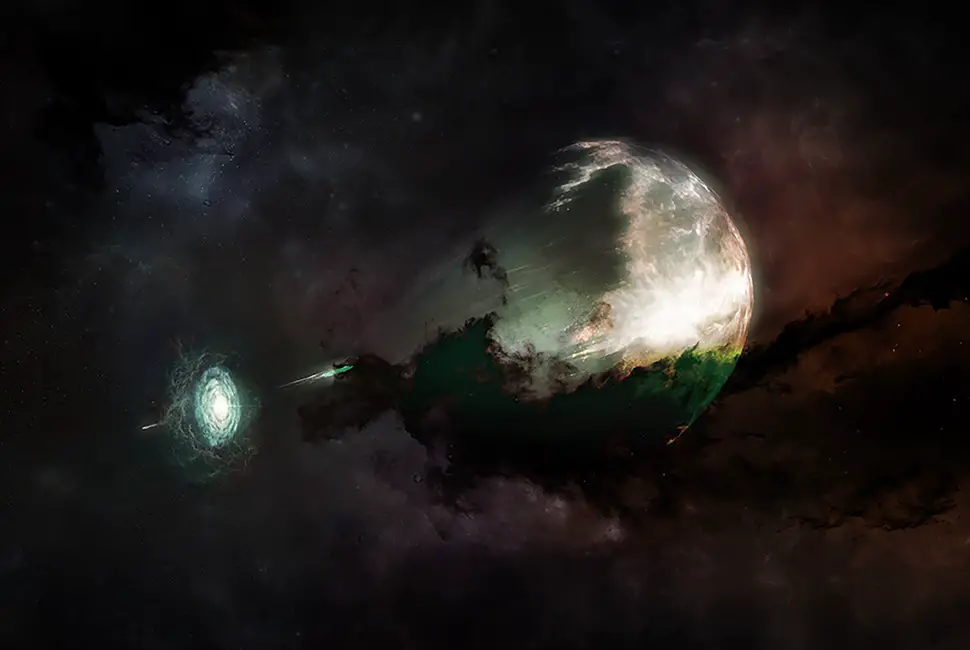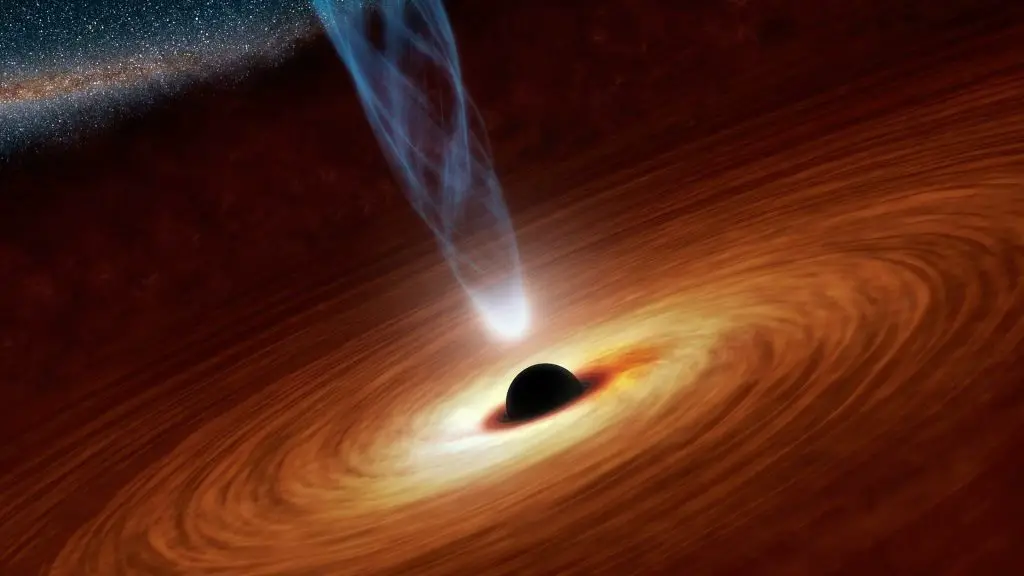Astronomers recently spotted the tail end of a neutron star colliding with its massive stellar neighbor. Unlike the previous collision of two stars, scientists were astonished by the powerful blast of gamma-ray burst (GRB) emitted during this impact. After analyzing the energy emitted by the GRB, scientists concluded that the resulting outcome of this explosion generated more energy in a fraction of seconds than the entire energy our Sun will generate in its lifetime. This implies that GRBs are the most powerful energetic explosions known to modern astronomers.
Further studies enabled scientists to conclude that GRBS contributes immensely to the creation of the heaviest elements in the Cosmos. Some of these heaviest elements including gold and platinum are in abundance across the Universe.
We can find some of them on our planet and some other celestial bodies in the solar system. The highly energetic attributes of the GRBs inspired our scientists to advance their research using sophisticated technologies. Atacama Large Millimeter Array (ALMA) was one of the most advanced technologies designed to detect GRB.
Scientists have successfully used ALMA to capture a short-duration GRB named GRB 211106A in millimeter light. This technology enables scientists to watch the neutron star smash into its stellar neighbor.
“This short gamma-ray burst was the first time we tried to observe such an event with ALMA,” said Wen-fai Fong, Northwestern University assistant professor and co-author of a new study, which will soon be published in an upcoming issue of Astrophysical Journal Letters.
Why Large Millimeter Array (ALMA) will upgrade modern astronomy in capturing GRBs
For decades, astronomers have been struggling to capture short-duration GRBs, as they are extremely challenging to capture. In fact, scientists have revealed that only about six short-duration GRBs have ever been spotted in our history of observing space. Even the ones discovered by scientists were in wavelengths. Professor Fong also shared her option on how difficult it is to capture GRBs.
“Afterglows for short bursts are very difficult to come by, so it was spectacular to catch this event shining so brightly,” she revealed.
Hence, scientists using the ALMA to capture short-duration GRBs is indeed a great milestone for humanity. The co-author of this study, Alicia Ruoco Escorial also shared her opinion about the outcome of the study.
“What makes GRB 211106A so special is it’s not only the first short-duration GRB that we detected in this wavelength but also, thanks to the millimeter and radio detection, we could measure the opening angle of the jet,” Ruoco Escorial said. “This is essential to infer the real rates of short GRBs in our universe and to compare them with the rates of a binary neutron star or a neutron star and black hole mergers.”
Based on the outcome of this study, scientists have learned how to determine the regular occurrence of these unique cosmic bursts. Future collisions of stars will surely enable us to learn more about the most energetic events happening within the cosmos. What do you think about the outcome of this study?




